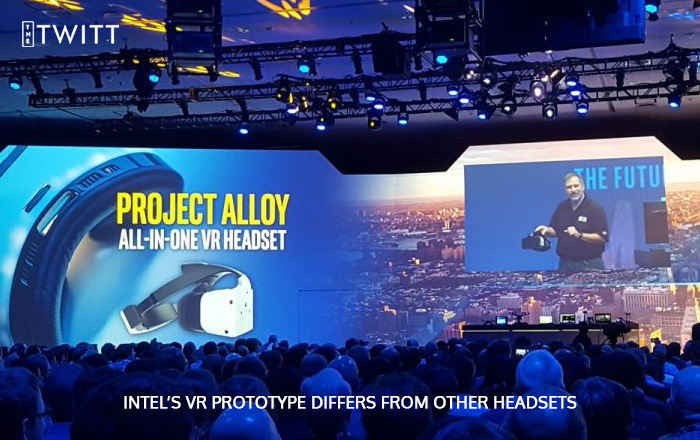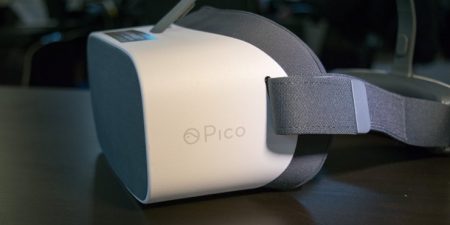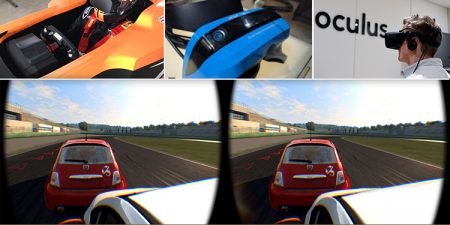Intel Corp. has taken a plunge to step into the fast moving and ever growing market for virtual reality announcing and unveiling its Virtual Reality headset Prototype which the company hopes would be taken up as a manufacturing project by reputed hardware companies working on virtual reality.
Intel has also confirmed its interests in working with Microsoft Corp. which is currently working its way with Augmented Reality, in the field of VR claiming that their Virtual Reality Headset prototype differs from other VR headsets available in the market. The notably big difference is that Intel’s VR prototype does not required to be connected to a high performance personal computer such as Oculus Rift owned by Facebook Inc.
Adding more to the uniqueness of Project Alloy, the chip maker company further mentined its features claiming that the VR headset shall also have a front facing 3D camera technology that goes by the name RealSense and will allow users to see objects in the real physical world through the device and will be able to use hand gestures to manipulate the objects instead of using controller devices. Placing a RealSense camera at the front of the VR headset also diminishes the potential use of sensors thus preventing the wearers from walking into walls and hitting real life obstructions.
Thus, with all these exceptional features Intel’s VR headset could be regarded as a variation of Augmented Reality with a significant touch of virtual reality in the same. The spokesperson from the Company used the term “Merged Reality” to define Project Alloy and stressing on its benefits in VR and AR considering it to be more convenient as well as useful in real life.
The chip maker Company now faces serious competition such as Nvidia Corp. and Qualcomm Inc. apart from other challenges that lie ahead in incorporating this seemingly interesting “Merged Reality” concept.








